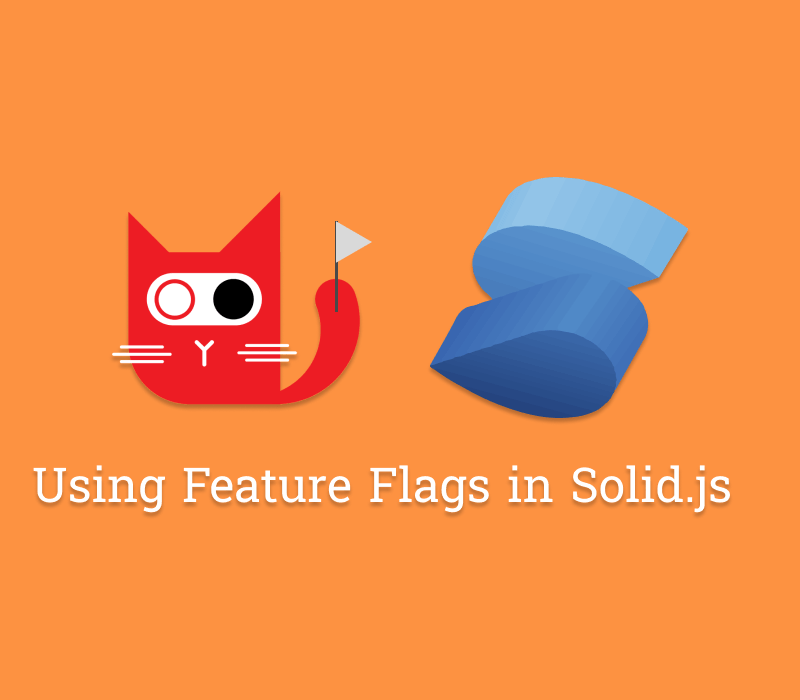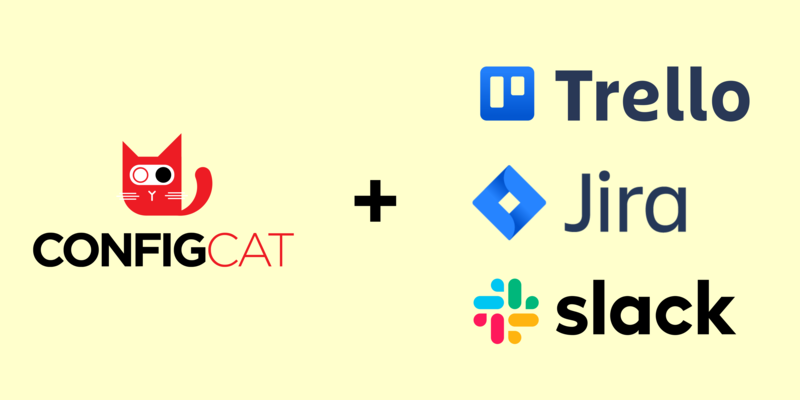How to implement A/B testing in Ionic
The world population continues to grow, and so does the number of house pets. While we all hope most of them have a good quality of life, some don't have a home. To combat this, we can make an animal care app. In this blog post, the app's objective is to increase the pet adoption rate. We will change the color of our call-to-action button and measure the click-through rate of each button version using A/B testing.
















